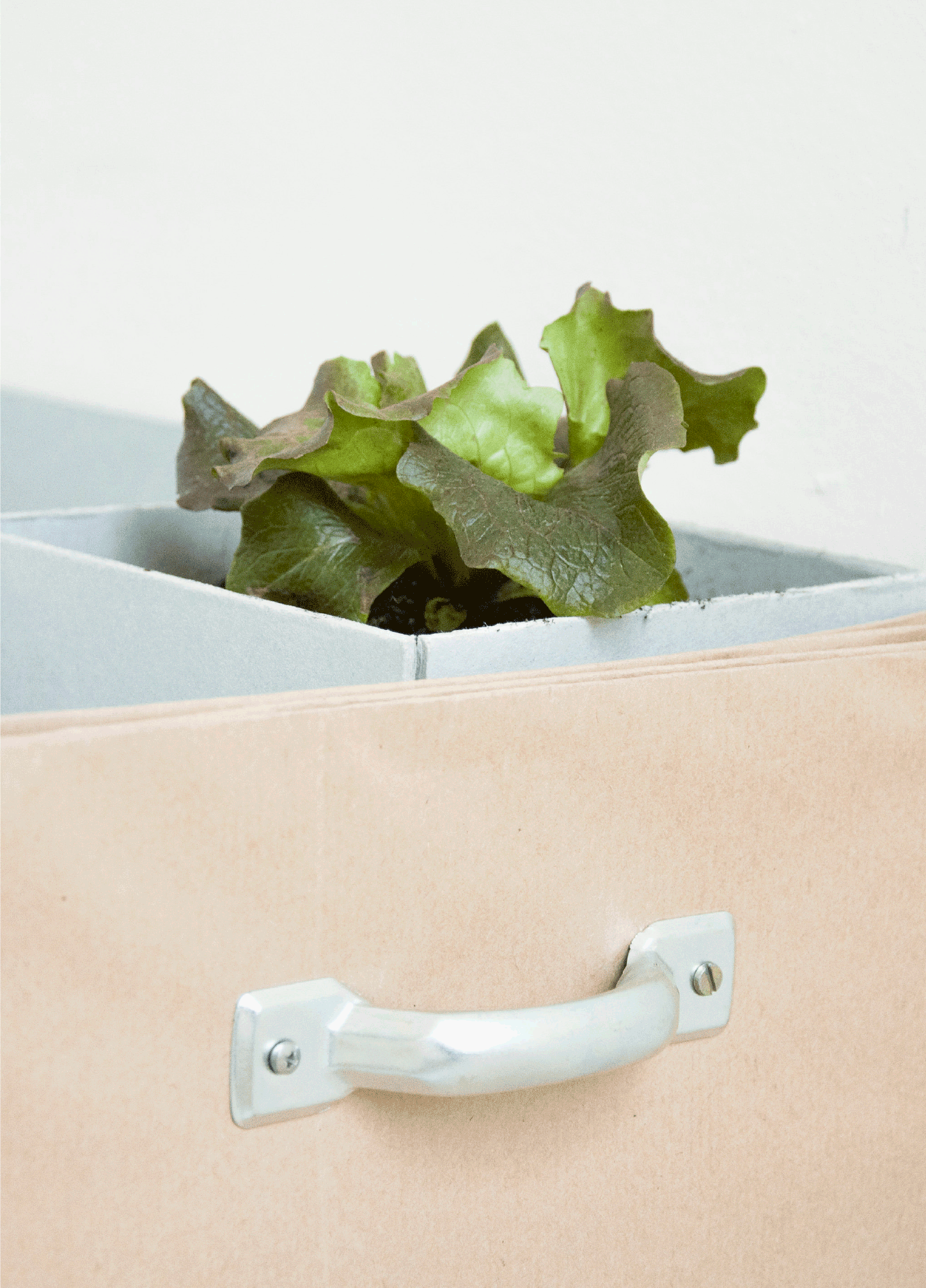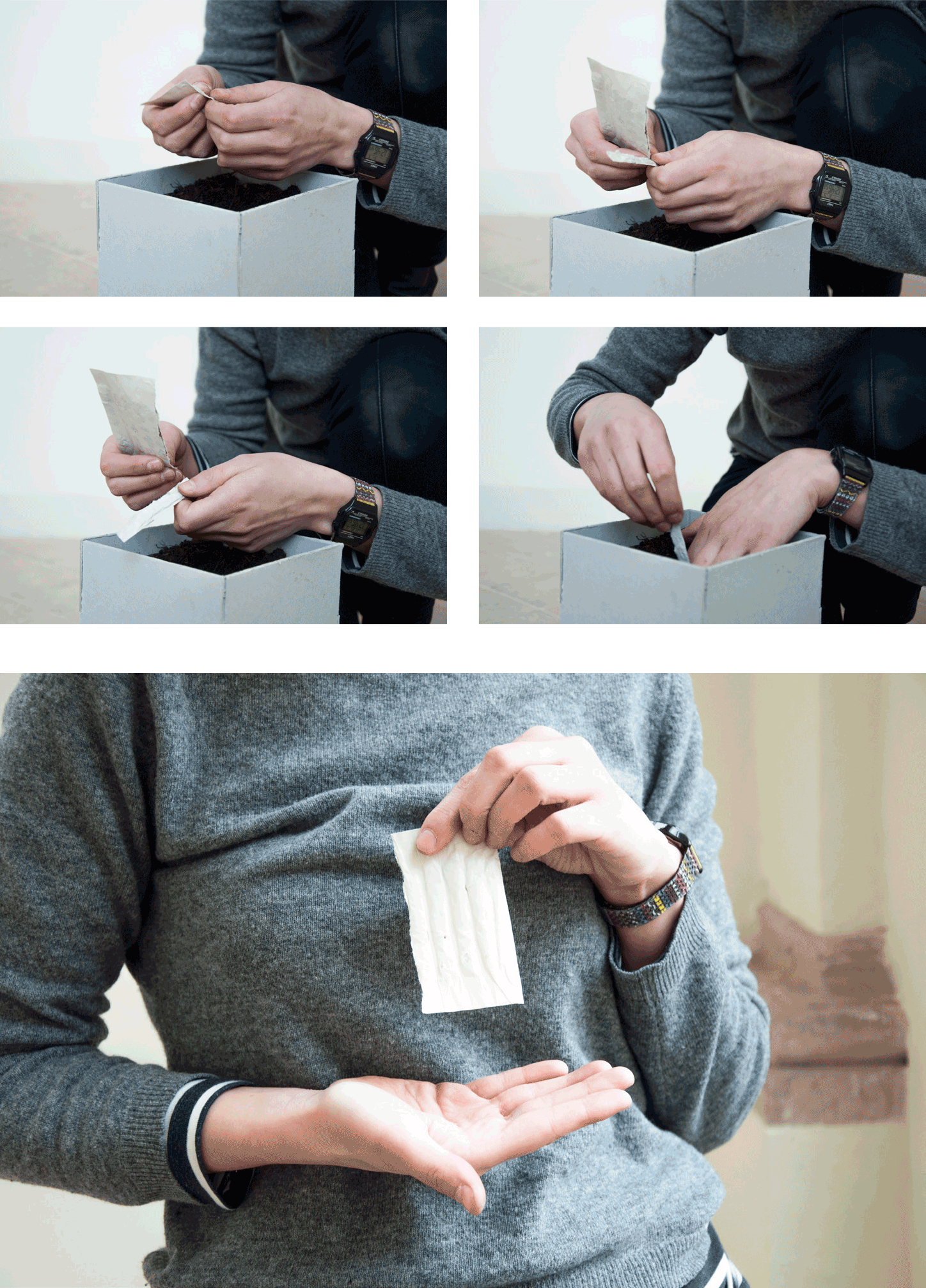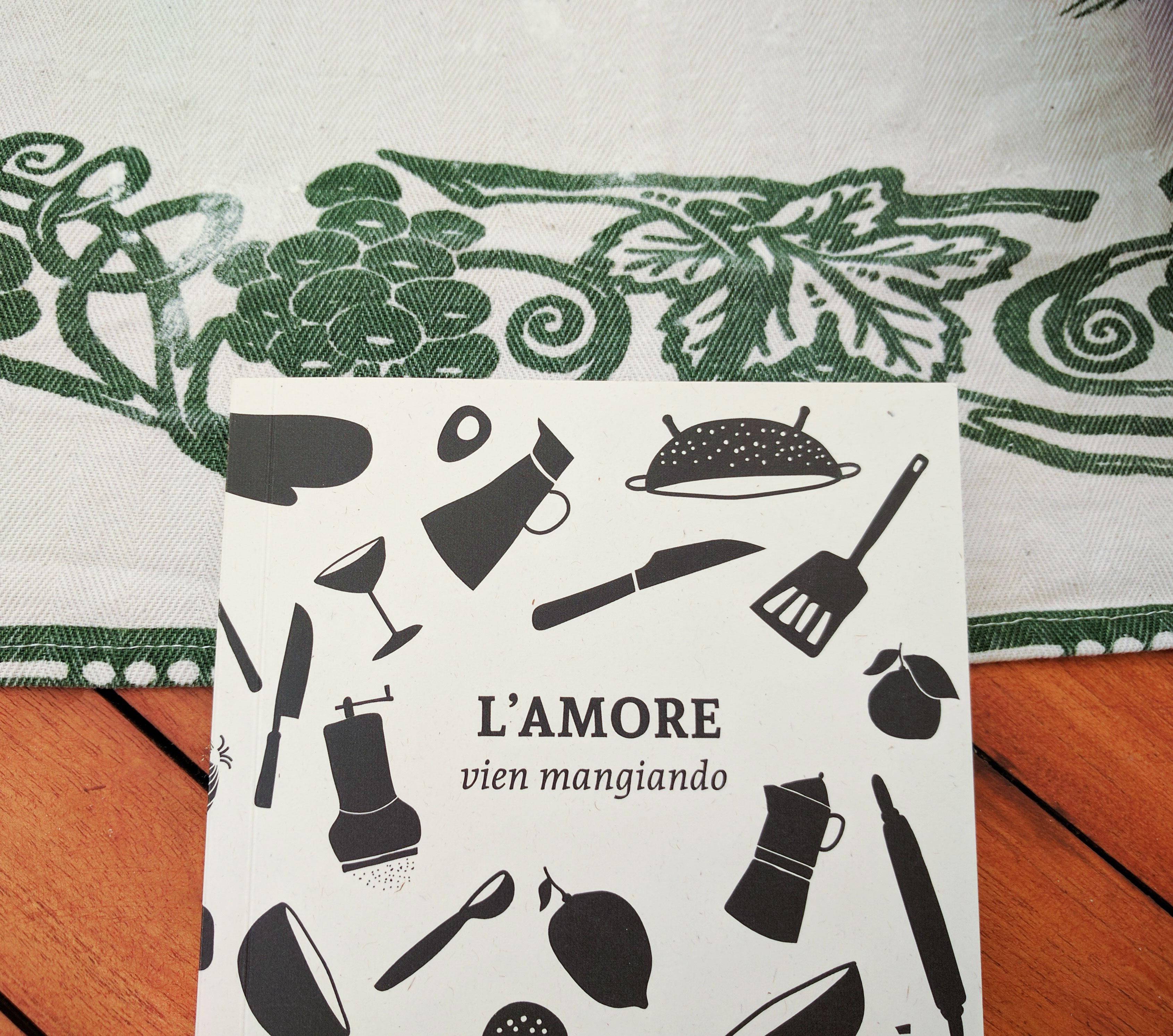POT
orto componibile
Packaging - Design degli imballaggi
F. Tacconi / ISIA Urbino
with Bianca Maldini
Un progetto che vuole conciliare il placido ritmo naturale con la vorticosa ansia cittadina, per riscoprire il valore della stagionalità del raccolto e vivere un’esperienza di benessere e soddisfazione nel veder cresce il frutto del proprio lavoro. Grazie alla sua modularità e facilità d’uso, consente a chiunque una produzione autonoma di verdura e piante aromatiche in ambienti casalinghi, facendo coesistere antichi valori, design etico e prodotti genuini.
A project which aims to reconcile the natural rhythm with the anxious of the town to rediscover the value of the seasonal harvest and live an experience of well-being and satisfaction in seeing grows the fruit of their labor. Thanks to its modularity and ease of use, allows anyone an autonomous production of vegetables and herbs in home environments, having side by side ancient values, ethical design and genuine products.


I vasi
Le scatole che vengono poposte nel progetto sono di due tipologie con utilità differenti: il vaso modulare Pot che si presenta smontato e in due possibili dimensioni, studiate per contenere un numero specifico di semi/bulbi e composto di materiale biodegradabile. Facilmente trasportabile e impilabile, si assembla con una modalità a incastro. Riempito di terra e posto all’interno dell’apposita scatola contenitrice, sarà fonte di nutrimento per le piante e non lascerà traccia del proprio passaggio. La scatola Pot che è di una dimensione studiata per contenere un numero pari di vasi, potendo far coesistere diverse dimensioni e specie di piante. Dotata di due maniglie, risulta facilissima da trasportare.
Semi e bulbi
Per la gestione del materiale per la semina, il progetto prevede l’utilizzo di un contenitore 100% in carta riciclata che può essere piantato direttamente nel terreno contenendo il seme al proprio interno. In questo modo è possibile ricreare un ambiente perfetto per la germogliatura e che si dimostra, inoltre, pratico nell’utilizzo, portando un guadagno allo stesso tempo funzionale e ambientale. I bastoncini mono-dose presenti all’interno delle scatole Pot contengono la quantità di semi necessaria per un vaso.
Studiata con un meccanismo di apertura e chiusura facile e veloce, la scatola per bulbi è realizzata in cartone spesso e resistente. Essa è completamente riutilizzabile: ritagliando alcune sue parti è possibile ricavarne un’etichetta con il nome della pianta, da collocare nella terra nel rispettivo vaso, e una comoda paletta per realizzare il solco in cui piantare il bulbo.Le istruzioni necessarie per la coltivazione sono riportate in una linguetta che, all’interno della scatola, funge da separatore fra un bulbo e l’altro, posizionata senza l’uso di colla e quindi facilmente estraibile.






Box
The boxes that are proposed in the project are two types with different utilities: the modular vase Pot that is presented and disassembled in two possible sizes, designed to contain a specific number of seeds / bulbs and composed of biodegradable material. Easily transportable and stackable, is assembled with an interlocking manner. Filled with earth and placed inside the special box enclosing, it will be a source of nourishment for the plants and will leave no trace of their passage. The Pot box which is designed to contain an equal number of vessels, being able to coexist different sizes and species of plants. With two handles, it is easy to carry.
Seeds and bulbs
For the sowing material, the project provides the use of a container 100% recyclable, with already the seeds, that can be planted directly in soil. You can create a perfect environment for the sprouting with also a practical use, bringing a gain at the same time functional and environmental. The mono-dose sticks present inside the Pot boxes contain the amount of seeds needed for a pot.
Studied with a fast and easy opening mechanism, the box for bulbs is made of thick and resistant cardboard. It is completely reusable: cutting out parts of it can be drawn from a label with the name of the plant, to be placed in the ground in the respective vessel, and a comfortable paddle to realize the groove in which to plant the bulbs. The instructions needed for cultivation are shows in a tab which, inside the box, acts as a separator between a bulb and the other, positioned without the use of glue and thus easily removable.

